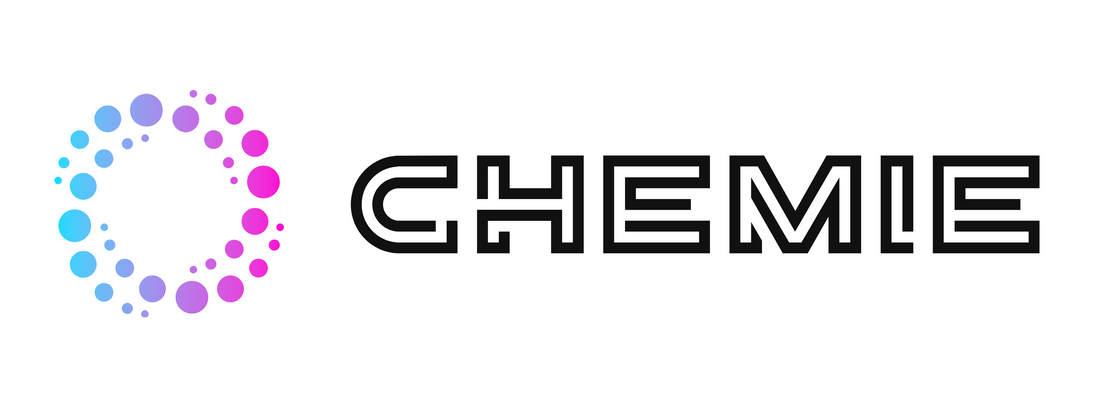Excitement About Chemie
Excitement About Chemie
Blog Article
Some Known Facts About Chemie.
Table of ContentsLittle Known Facts About Chemie.Rumored Buzz on ChemieThe Best Strategy To Use For ChemieMore About ChemieHow Chemie can Save You Time, Stress, and Money.What Does Chemie Do?
By Bojanna Shantheyanda, Sreya Dutta, Kevin Coscia and David SchiemerDynalene, Inc. Fluid cooling, which can be accomplished making use of indirect or straight methods, is used in electronics applications having thermal power thickness that might surpass secure dissipation through air cooling. Indirect liquid air conditioning is where heat dissipating digital parts are literally divided from the liquid coolant, whereas in situation of straight air conditioning, the parts are in straight contact with the coolant.In indirect air conditioning applications the electrical conductivity can be vital if there are leaks and/or spillage of the fluids onto the electronics. In the indirect cooling applications where water based fluids with deterioration preventions are normally used, the electrical conductivity of the fluid coolant primarily depends upon the ion concentration in the liquid stream.
The boost in the ion focus in a closed loophole fluid stream may happen because of ion seeping from steels and nonmetal parts that the coolant fluid touches with. During operation, the electrical conductivity of the fluid may enhance to a level which could be damaging for the air conditioning system.
The 2-Minute Rule for Chemie
(https://justpaste.it/eli5o)They are bead like polymers that can trading ions with ions in a solution that it is in call with. In today job, ion leaching examinations were performed with numerous metals and polymers in both ultrapure deionized (DI) water, i.e. water which is treated to the highest degree of pureness, and reduced electrical conductive ethylene glycol/water combination, with the measured adjustment in conductivity reported in time.
The examples were enabled to equilibrate at space temperature level for 2 days before tape-recording the preliminary electrical conductivity. In all tests reported in this research fluid electrical conductivity was measured to an accuracy of 1% making use of an Oakton CON 510/CON 6 series meter which was calibrated before each measurement.
Some Known Facts About Chemie.
from the wall surface heating coils to the center of the heater. The PTFE sample containers were positioned in the heater when consistent state temperatures were reached. The test arrangement was eliminated from the heating system every 168 hours (seven days), cooled down to room temperature with the electrical conductivity of the fluid determined.
The electrical conductivity of the liquid example was checked for an overall of 5000 hours (208 days). Schematic of the indirect shut loophole cooling experiment set-up. Elements made use of in the indirect shut loop cooling experiment that are in contact with the liquid coolant.

The Main Principles Of Chemie
Throughout procedure the liquid storage tank temperature level was preserved at 34C. The modification in liquid electrical conductivity was kept track of for 136 hours. The fluid from the system was gathered and kept. In a similar way, closed loophole examination with ion exchange resin was brought out with the same cleansing treatments used. The initial electric conductivity of the 230ml UP-H2O in the system determined 1.84 S/cm.

0.1 g of Dowex material was included in 100g of liquid samples that was taken in a separate container. The mixture was mixed and transform in the electric conductivity at area temperature level was determined every hour. The measured adjustment in the electrical conductivity of the UP-H2O and EG-LC test fluids including polymer or steel when involved for 5,000 hours at 80C is shown Number 3.
The Ultimate Guide To Chemie
Ion seeping experiment: Measured change in electric conductivity of water and EG-LC coolants including either polymer or metal examples when immersed for 5,000 hours at 80C. The outcomes indicate that metals contributed fewer ions right into the liquids than plastics in both UP-H2O and EG-LC based coolants.
Liquids containing polypropylene and HDPE displayed the lowest electric conductivity changes. This can be due to the short, inflexible, direct chains which are much less most likely to contribute ions than longer branched chains with weak intermolecular forces. Silicone also did well in both test fluids, as polysiloxanes are normally chemically inert as a result of the high bond power of the silicon-oxygen bond which would certainly stop deterioration of the material into the fluid.
The Of Chemie
It would be anticipated that PVC would certainly produce comparable results to those of PTFE and HDPE based upon the comparable chemical frameworks of the materials, however there might be various other pollutants present in the PVC, such as plasticizers, that might influence the electrical conductivity of the liquid - high temperature thermal fluid. Additionally, chloride teams in PVC can also leach into the examination fluid and can cause a boost in electrical conductivity
Buna-N rubber and polyurethane showed indications of destruction and thermal disintegration which suggests that their feasible utility as a gasket or glue product at higher temperatures might bring about application issues. Polyurethane totally broke down right into the test liquid by the end of 5000 hour test. Number 4. Before and after pictures of metal and polymer examples submersed for 5,000 hours at 80C in the ion leaching experiment.
Calculated modification in the electrical conductivity of UP-H2O coolant as a function of time with and without resin cartridge in the closed indirect cooling loophole experiment. The gauged adjustment in electrical conductivity of the UP-H2O for 136 hours with and without ion exchange material in the loop is displayed in Number 5.
Report this page